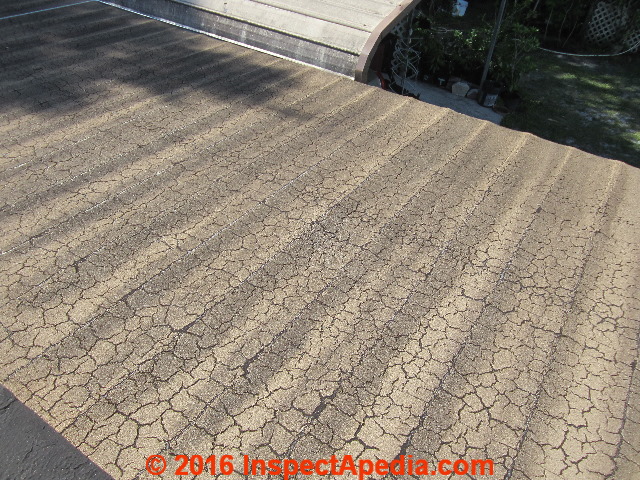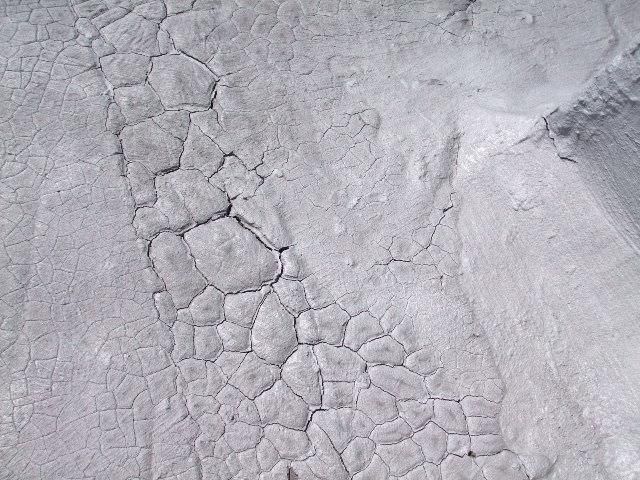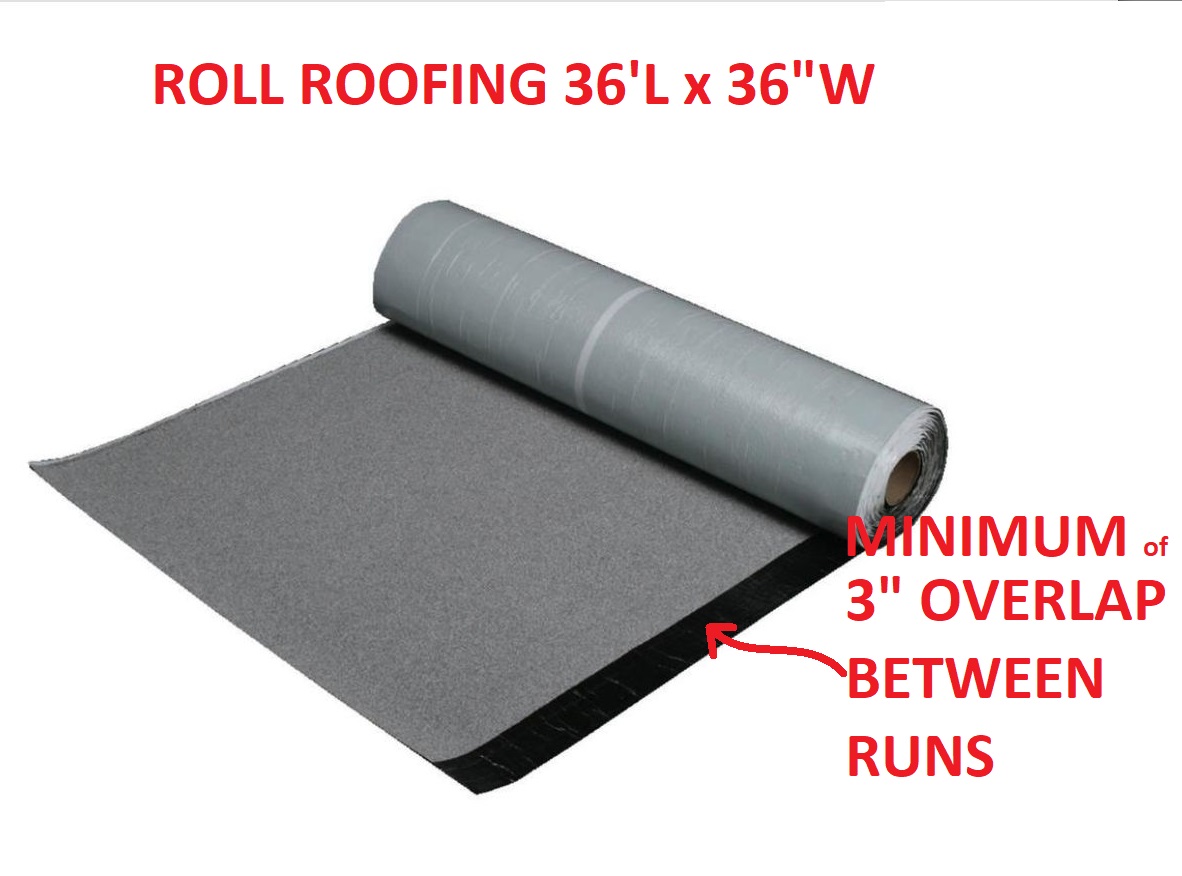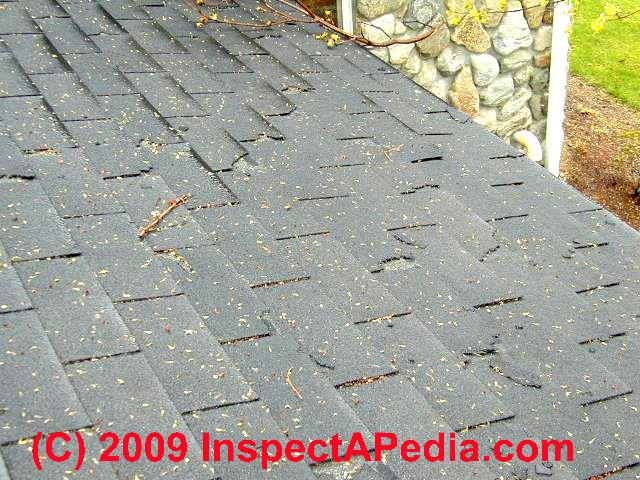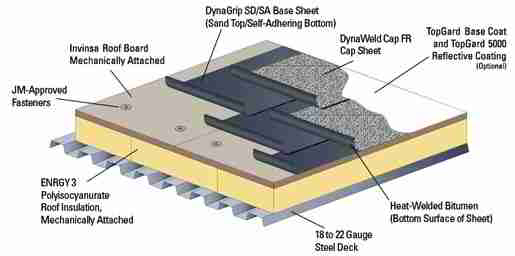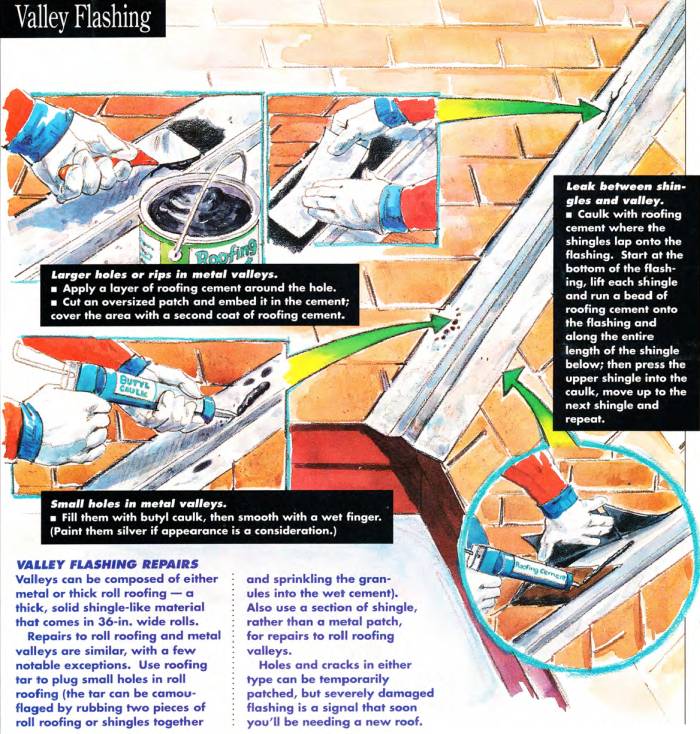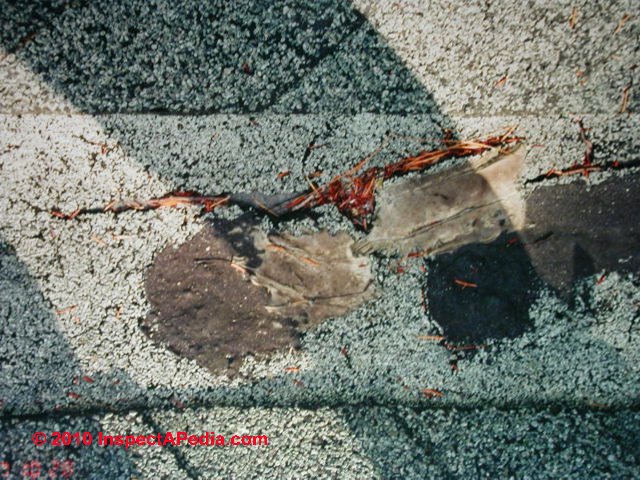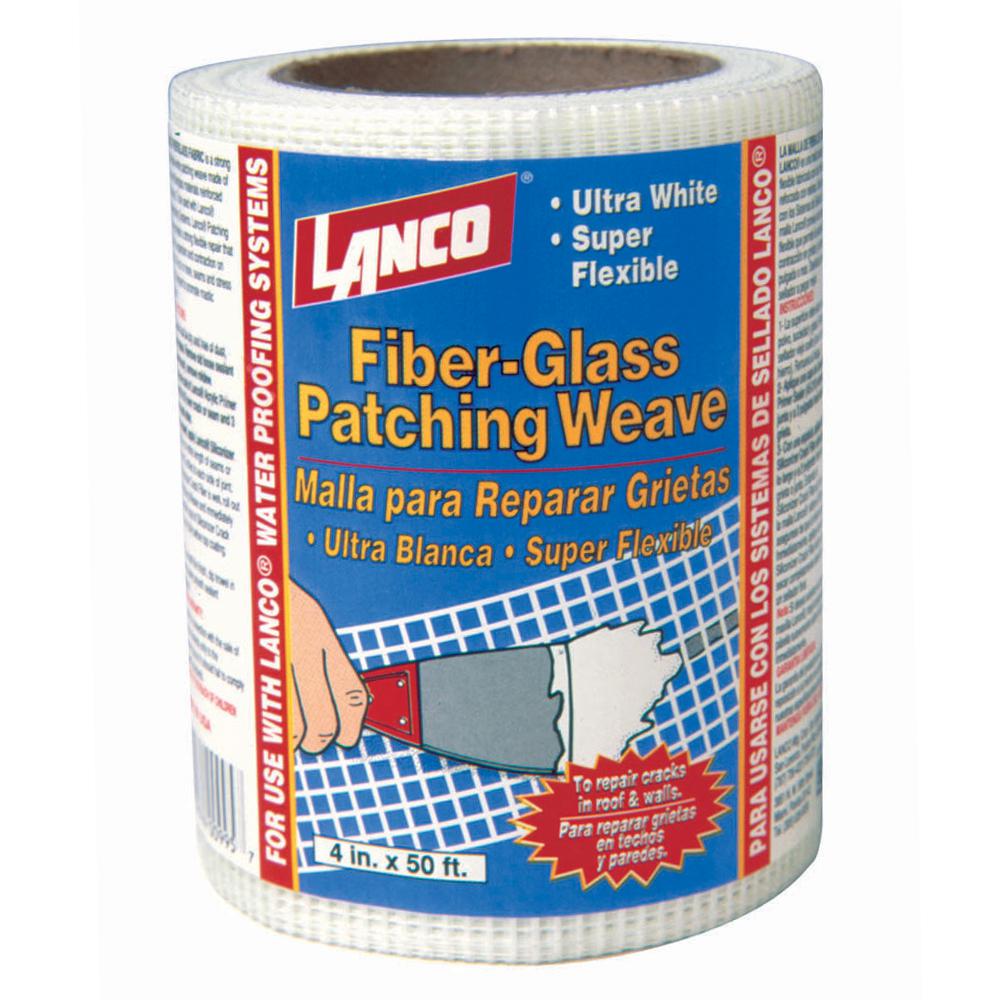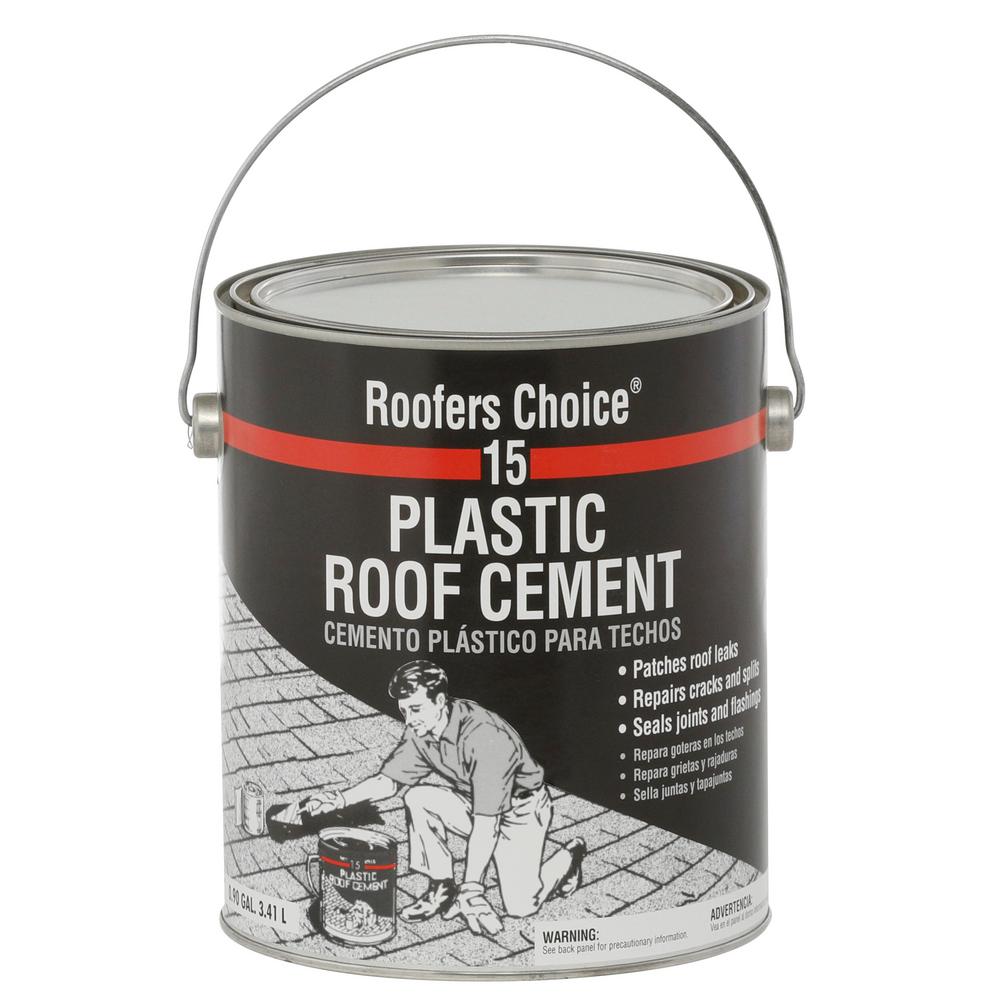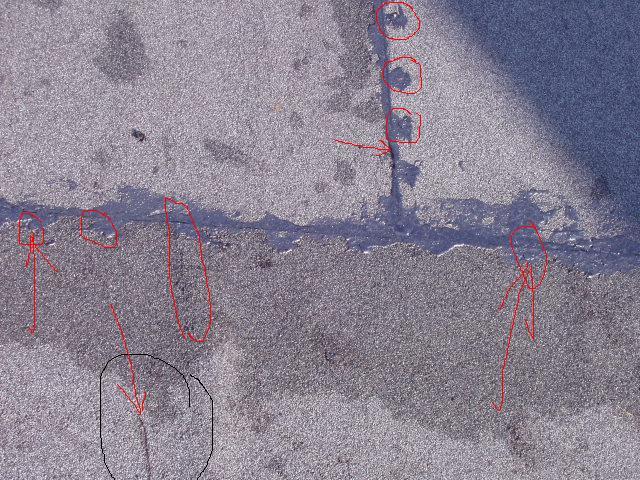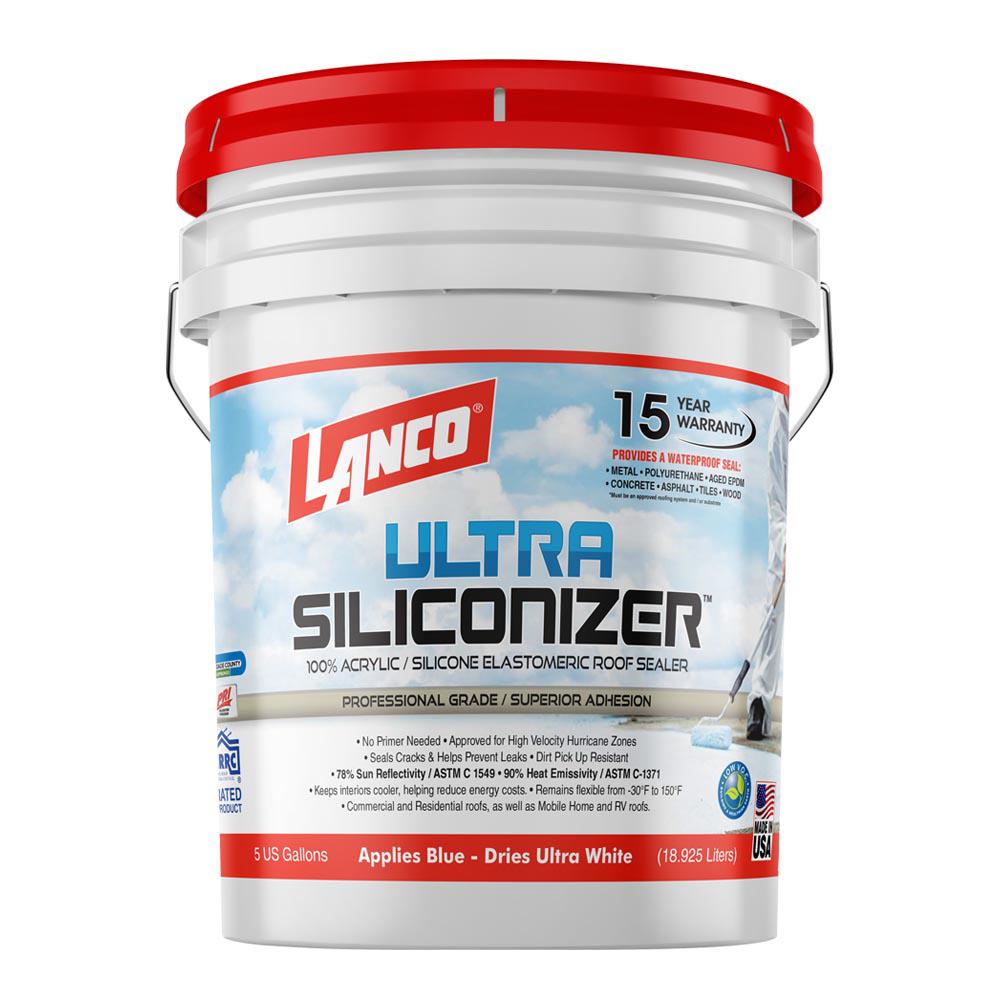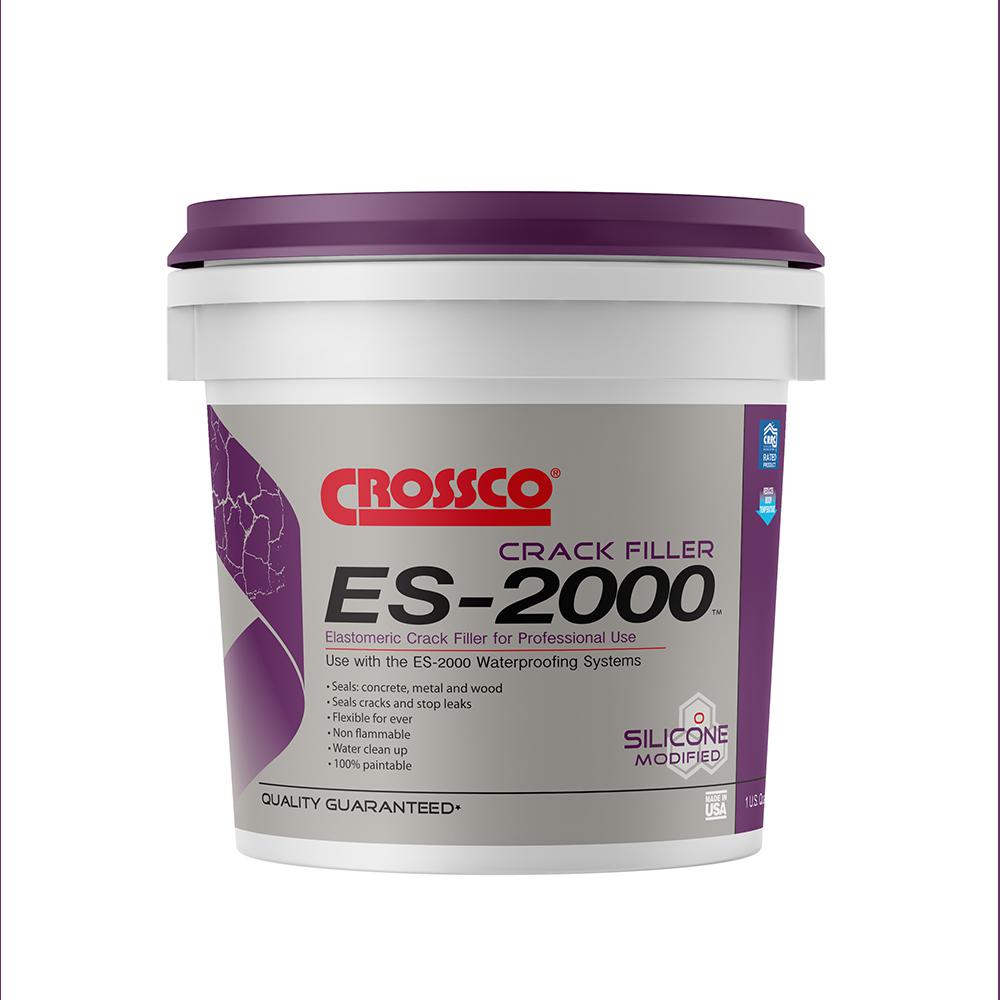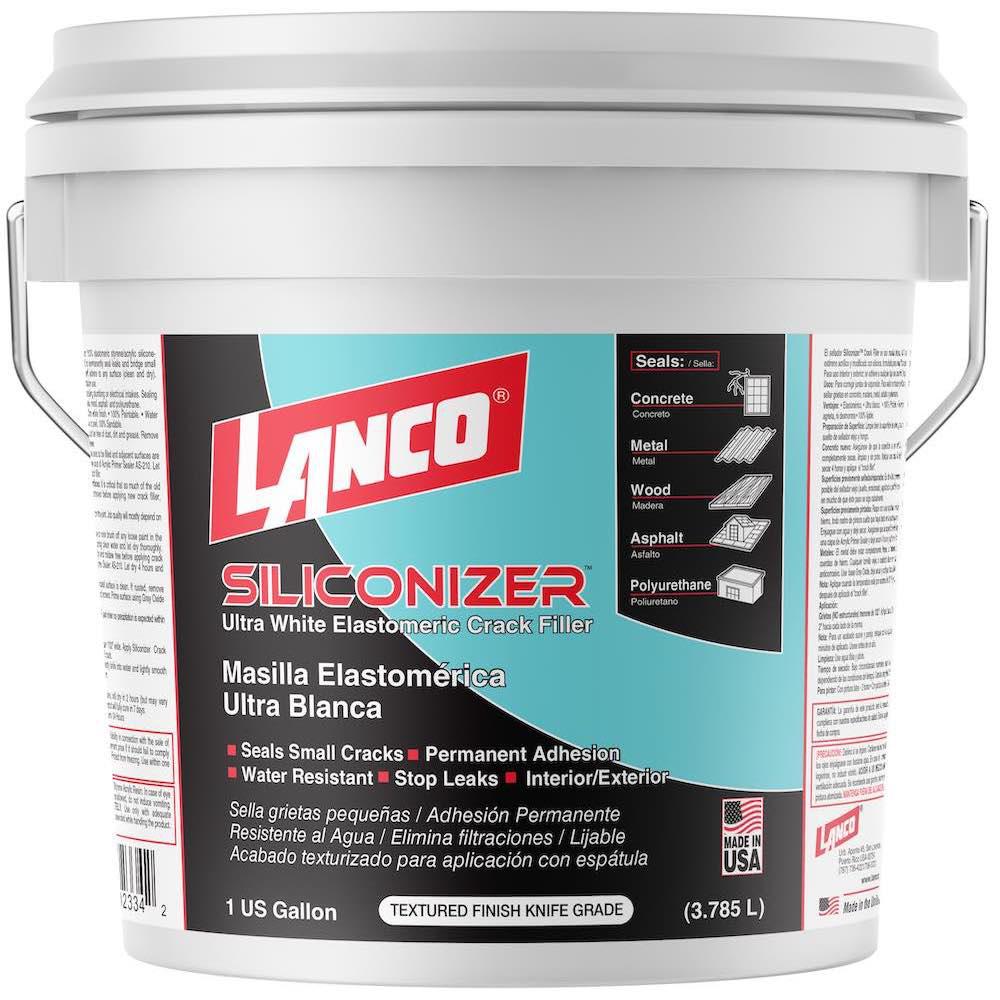Roll Roofing Cracked

Roll out the roofing sheets and lay them flat on the ground.
Roll roofing cracked. Coverage white fiberglass mineral surfaced cap roll roofing. Apply a uniform layer of roof mastic along a crack using a wooden applicator or a paint stick. When wavy spots happen along the lower edge of a layer the layer can pull up and away from the layer underneath. Ft sbs self adhering cap sheet roll for low slope roofing in slate model 3730750 101 02 roll 101 02 roll free delivery.
Cracks in roll roofing are usually the result of shrinkage. Ultraviolet light from the sun boils the volatiles out of the asphalt and the asphalt becomes brittle and unable to withstand the shrinkage and expansion forces induced by temperature changes. As a rule because roll roofing can crack in cold weather it should not be applied when the temperature is below 45 f. If the job must be done anyway store the rolls in a warm place prior to application or unroll and cut them into strips no longer than 18 feet and let them lie on the roof until they are flat.
1 16 of over 2 000 results for roll roofing material mfm building product 50w36 mfm peel seal self stick roll roof ing 30 36 in white 4 6 out of 5 stars 164. Cold weather damages roofing sheets. Place bricks in the corner to keep it down and reduce resistance later. Place a sheet of 36 inch roll roofing directly over the 18 inch roofing that is covering the valley.
Extend the layer several inches beyond each end of a crack. Owens corning deckseal sa sbs cap 39 375 ft w x 32 833 ft l 100 sq ft shasta white roll roofing. Set your store to see local availability add to cart. Roll roofing is not very pliant or flexible in cold weather of fewer than 45 degrees fahrenheit and it can crack and break if it is manipulated while cold.
If it does have to be installed in cold weather cut it into 12 to 18 foot sheets and lay them flat inside a garage to warm up and flatten out. If you re doing this in the winter roll your roofing sheets out in a garage. 5 roll out a strip of roofing mesh that s. Rolled roofing usually expands and contracts with temperature changes as the building settles and the roof ages.
This is most often caused by aging. As this happens the different layers become wavy or blisters can develop and crack open.
